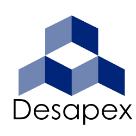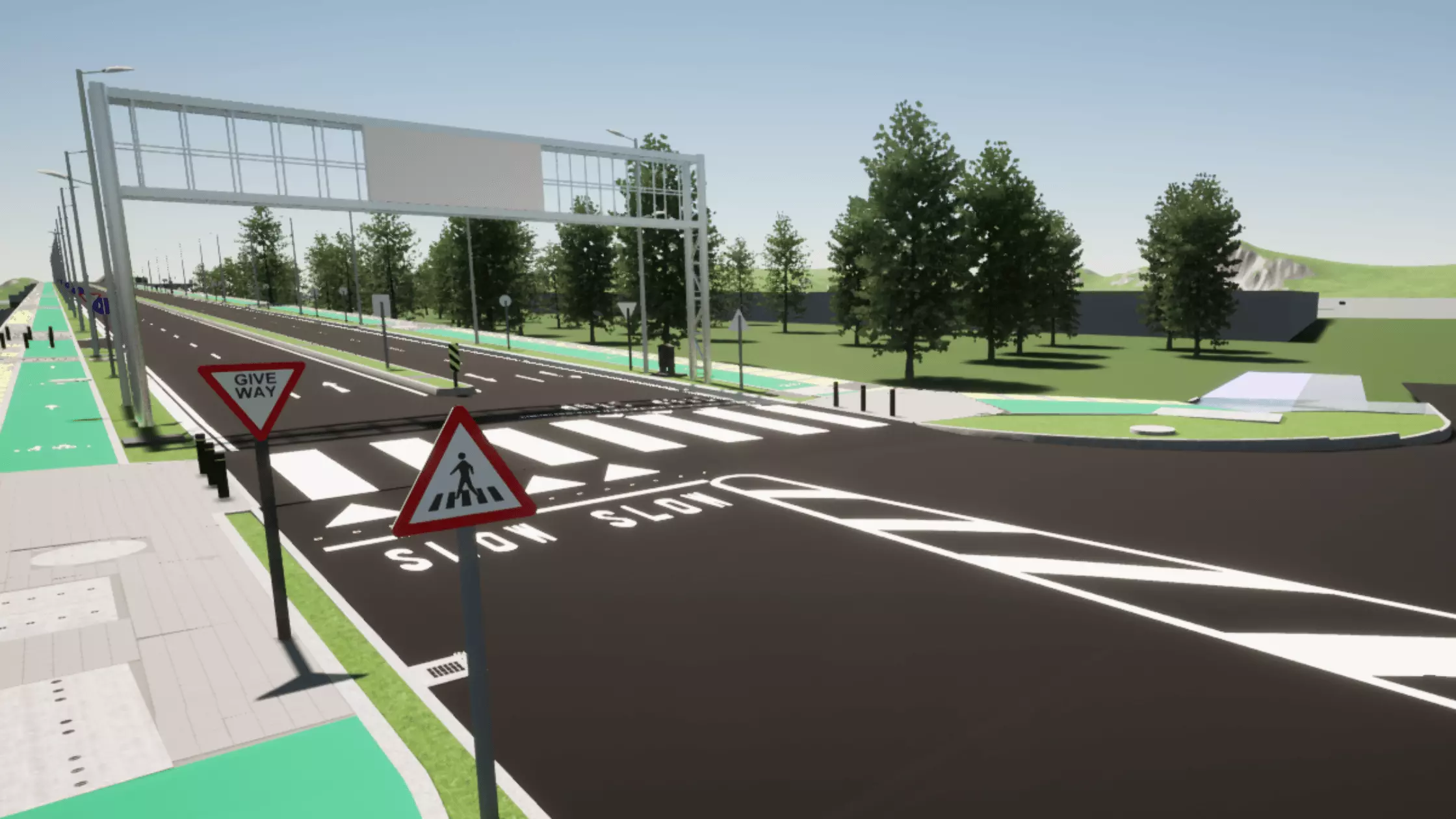What is 3D laser scanning and what are its benefits for businesses and consumers alike

Lidar, or Light Detection and Ranging, is a remote sensing technology that uses laser light to create detailed 3D maps/models of an area. Lidar systems are often used for surveying and engineering applications, as they can quickly and accurately collect data about the shape and contours of an area. BIM, or Building Information Modelling, is a popular application for lidar data. BIM software allows architects and engineers to create virtual models of proposed buildings or structures, allowing for accurate assessment of construction projects. Lidar data can also be used by businesses and consumers to create 3D models of their homes or office space. These models can be used for base build contractors, interior design, Process plants, oil refineries, chemical plants, heavy industrial corridors, and Factories to get a better understanding of the layout of a space. In general, 3D laser scanning provides a powerful tool for businesses and consumers alike, offering a variety of benefits and applications.













.png)
